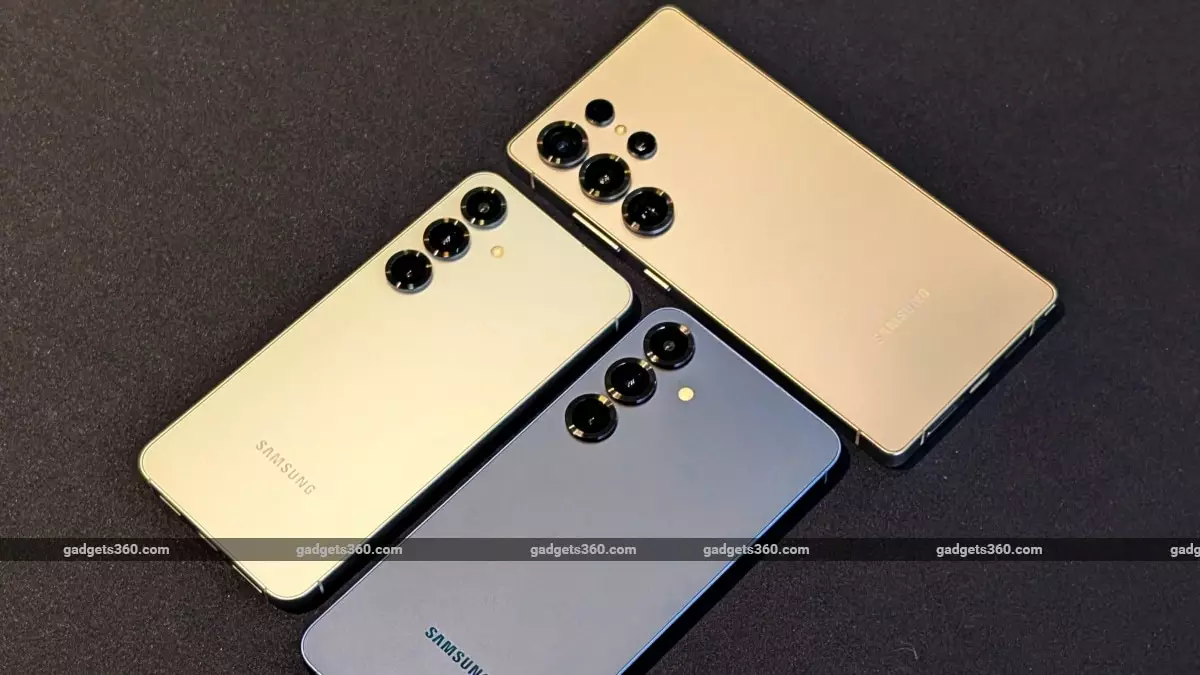The recent launch of the Samsung Galaxy S25, S25+, and S25 Ultra has generated significant interest in the tech community, driven by a host of innovative features that enhance the user experience. Among the most notable advancements is the introduction of seamless update functionality, which allows users to enjoy a smoother updating process without the traditional downtime typically associated with software installations. This feature is not merely a convenient upgrade; it signifies Samsung’s commitment to keeping pace with other industry leaders in smartphone technology.
Seamless updates, initially introduced by Google with Android 7.1, enable devices to install updates in the background while remaining functional to the user. However, Samsung has notably adopted a modernized version of this technology, marking a significant step forward from their previous offerings. With the Galaxy S25 lineup, users will benefit from a streamlined updating process that reduces or eliminates the time spent rebooting after software updates. While Samsung has historically been slower to integrate this type of technology, the S25 series represents a pivotal moment for the brand and its users.
Samsung’s approach to seamless updates in the Galaxy S25 series utilizes a non-A/B mechanism, introduced with Android 11, that efficiently manages system partitions during updates. Unlike the older A/B partition system that requires more internal storage, this newer method employs a compressed snapshot to facilitate the updating process while conserving valuable device space. This is crucial as smartphones continue to struggle with limited internal storage, especially in budget models. Thus, while Samsung’s transition to the non-A/B method showcases an intelligent adaptation to modern user needs, it raises questions about the long-term viability of the more storage-intensive A/B system.
Samsung’s implementation of seamless updates places it in closer competition with Google’s Pixel line, which has been leveraging this technology since 2020. Apple’s iOS ecosystem has also long offered similar seamless update functionalities, creating an expectation among users for minimal disruption during software enhancements. As Samsung implements these features, it is vital for the company to maintain a competitive edge, ensuring that consumers increasingly view their devices as reliable and user-friendly.
The Galaxy S25 series has laid the groundwork for Samsung’s future smartphone models. By integrating advanced features like seamless updates, Samsung showcases its ability to innovate in response to consumer demands. However, it will be crucial for the brand to continue evolving and incorporating new technologies as the market grows increasingly competitive. How well Samsung will navigate these changes remains to be seen, but the S25 lineup hints at a promising direction for future releases, potentially leading to an improved user experience and greater satisfaction for their user base.
The launch of the Galaxy S25, S25+, and S25 Ultra marks an important milestone in Samsung’s technological journey, particularly in its approach to system updates. With its focus on efficient, user-friendly features, the company appears ready to regain ground in a highly competitive market while enhancing the overall usability of its devices.



Leave a Reply